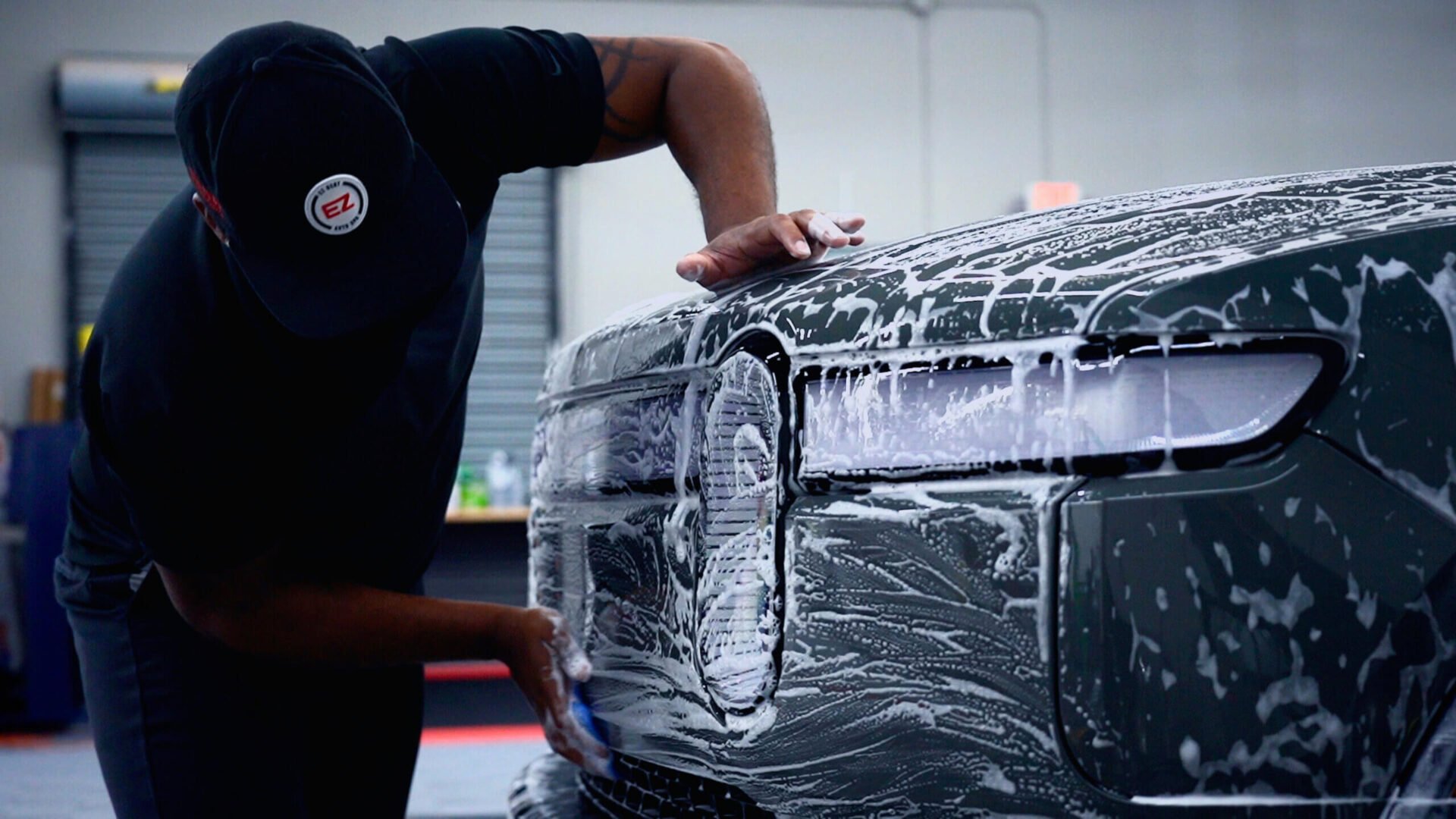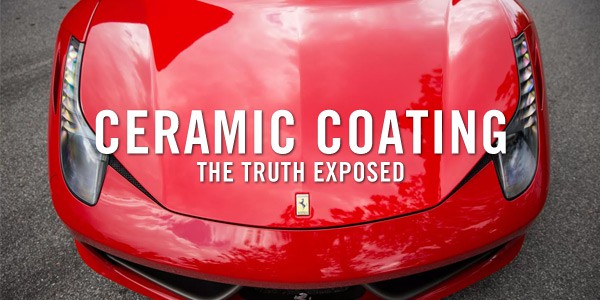Discovering the Different Kinds of Ceramic Coating Readily Available for Automotive Applications

Understanding the Fundamentals of Ceramic Coatings for Cars
Although it might show up complex at very first look, the concept behind ceramic finishings for autos is relatively simple. Basically, it's a fluid polymer that is used by hand to the exterior of a car. When healed, this covering develops a solid, glass-like layer over the auto's paintwork.
The key purpose of ceramic finishings is to provide a solid safety surface that can resist different types of damage. This consists of small scrapes, chemical discolorations, UV rays, and warmth damages. Additionally, these coverings can maintain a high level of glossiness, improving the car's visual charm.
Additionally, the long life of ceramic coatings surpasses that of routine paint tasks or sealers. They can last a number of years, lowering the demand for constant shaving or repainting. Regardless of the first financial investment, several auto proprietors locate the lasting advantages of ceramic finishes to be economical. The particular type of ceramic coating made use of can substantially affect these outcomes, a subject booked for the following subtopic.
Break Down of the Main Kind of Ceramic Coatings
Browsing the globe of ceramic finishings can be an intricate job, given the variety available. Primarily, there are three types of ceramic finishings utilized in vehicle applications: nano, crossbreed, and quartz.

Quartz ceramic finishes, on the various other hand, are known for their high gloss coating and remarkable resistance to scratches (Ceramic Coating Near Me). They provide a thicker layer, contributing to a better depth of color on the automobile's surface area
The 3rd version, crossbreed ceramic coverings, integrate the buildings of nano and quartz coatings. They provide a balance of toughness, gloss, and defense, making them a preferred selection amongst car enthusiasts. Understanding these types of ceramic coverings helps in making a more informed decision tailored to specific automotive needs.
Comparing the Performance and Durability of Different Ceramic Coatings
Provided the variety of ceramic coatings, it comes to be vital to compare their efficiency and durability. Crossbreed ceramic coverings, on the various other hand, blend the hardness of porcelains with get more the flexibility of polymers to give a balance of defense and cost.
The performance and longevity of a ceramic finishing also rely on its application process. Skillfully applied finishes frequently execute better and last much longer due to the careful prep work and treating procedures involved. Do it yourself coverings can be a cost-efficient option, although their longevity may be lower. Recognizing these differences can significantly affect the choice when choosing a vehicle ceramic layer.
Picking one of the most Appropriate Ceramic Layer for Your Car
How should one go around choosing the most suitable ceramic layer for their automobile? Older automobiles with faded paintwork may require a ceramic coating that concentrates on repair and security.
An automobile revealed to harsh aspects, like extreme sunlight or snow, would certainly require a more durable ceramic finishing. Higher-end ceramic coverings provide premium defense and long life yet come at a greater price. Thus, recognizing one's requirements and restraints is essential in selecting the most appropriate ceramic finish for a vehicle.
Verdict

The globe of vehicle ceramic coatings is a complex one, providing a variety of customized solutions that cater to the diverse defense requirements of lorries. From nano ceramic finishings, admired for their remarkable adhesion and longevity, to quartz ceramic finishes, supplying Read More Here scrape resistance and a glossy coating, and then to crossbreed ceramic layers, balancing both longevity and aesthetic appeals.The 3rd version, crossbreed ceramic coverings, incorporate the homes of nano and quartz coverings - Ceramic Coating Near Me. Crossbreed ceramic coatings, on the other hand, blend the solidity of ceramics with the flexibility of polymers to supply an equilibrium of protection and price
Older vehicles with discolored paintwork might need a ceramic layer that focuses on restoration and protection.